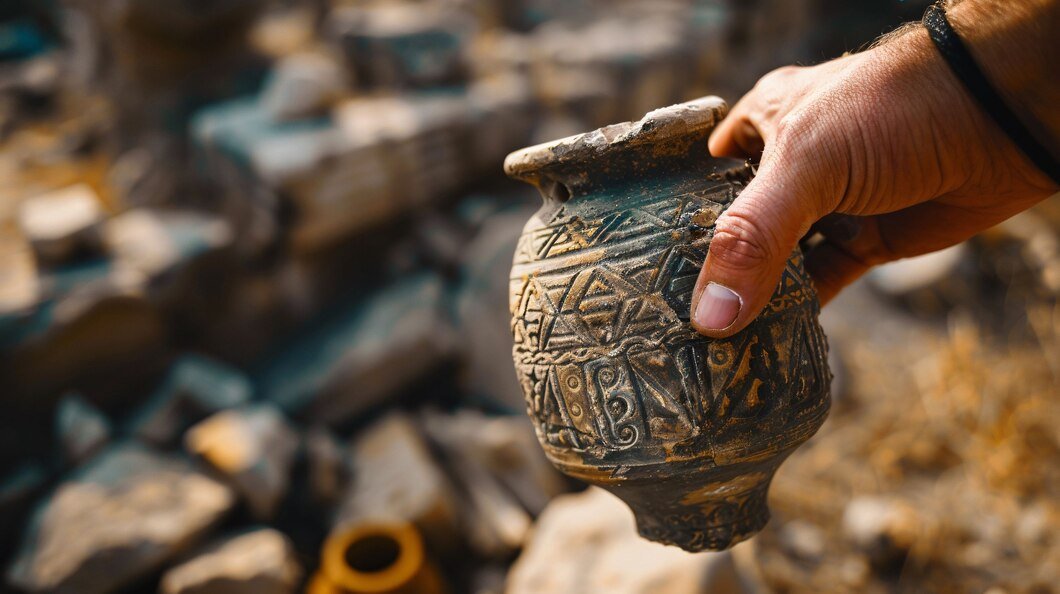Introduction
Have you ever heard the word tñacuache and wondered what it means? It might sound a bit unfamiliar, but it’s actually referring to a fascinating creature that many of us know by a different name—the opossum. In this blog post, we’ll dive deep into the world of the tñacuache, exploring its behavior, habits, and why it’s such an important part of our ecosystem. Whether you’ve spotted one in your backyard or are just curious about these creatures, this guide will provide you with everything you need to know about the tñacuache.
What is a Tñacuache?
The term tñacuache is commonly used in Mexico and some parts of Central America to refer to opossums, particularly the Virginia opossum (Didelphis virginiana). These nocturnal marsupials have a reputation for being scavengers, but they play a much bigger role in nature. Recognizable by their pointed snout, sharp teeth, and prehensile tails, tñacuaches are one of the oldest species of mammals in the Americas.
The Tñacuache’s Unique Traits
- Nocturnal Habits: Tñacuaches are active during the night, making them skilled nighttime explorers. They use their keen sense of smell and hearing to navigate their environment and find food.
- Prehensile Tail: One of the coolest features of a tñacuache is its prehensile tail. This tail helps them balance while climbing and can even be used to carry small objects like leaves to build their nests.
- Defense Mechanism – “Playing Dead”: When threatened, tñacuaches have a famous trick up their sleeve—they play dead! This behavior, known as thanatosis, can last for minutes or even hours, making predators lose interest in what they perceive as a lifeless body.
Why Tñacuaches Are Important for the Ecosystem
Tñacuaches might not always get the best reputation, but they are actually nature’s cleanup crew. They play a crucial role in maintaining ecological balance:
- Pest Control: Tñacuaches have a varied diet that includes insects, small rodents, and even venomous snakes. By keeping the populations of these pests in check, they help maintain a balanced ecosystem.
- Seed Dispersal: Just like birds, tñacuaches can help spread seeds through their droppings. After eating fruits and plants, they move around, unknowingly helping new plants to grow in different areas.
- Cleaning Up Waste: Often seen rummaging through trash or eating roadkill, tñacuaches help clean up organic waste, which prevents the spread of disease. This makes them nature’s very own garbage collectors!
Common Myths About the Tñacuache
Despite their ecological benefits, tñacuaches are often misunderstood. Let’s debunk some common myths:
- Myth 1: Tñacuaches Are Aggressive
While they may hiss or bare their teeth when scared, tñacuaches are generally shy creatures. They would much rather avoid a fight than engage in one. - Myth 2: Tñacuaches Are Dirty
This couldn’t be further from the truth. Tñacuaches actually groom themselves frequently, much like cats. They help control ticks and other parasites in the environment, further highlighting their cleanliness. - Myth 3: Tñacuaches Spread Rabies
It’s rare for tñacuaches to contract or spread rabies due to their low body temperature, which makes it difficult for the virus to survive. In fact, they are much less likely to carry rabies than other mammals like raccoons or bats.
How to Live Peacefully with Tñacuaches
If you have tñacuaches in your neighborhood, there are a few simple ways to coexist peacefully:
- Secure Trash Cans: Tñacuaches are scavengers and will be attracted to open garbage. Using trash cans with secure lids can prevent nighttime visits.
- Don’t Feed Them: It might be tempting to leave food out, but feeding tñacuaches can make them more dependent on humans. It’s best to let them find their natural diet.
- Close Entry Points: If you don’t want tñacuaches getting into your attic or shed, make sure to seal off any small openings. This will keep them out without harming them.
Tñacuaches in Culture and Folklore
Tñacuaches have a special place in the folklore of various cultures. In Mesoamerican mythology, they are often seen as clever and resourceful creatures. Some stories even portray them as fire-bringers, sneaking fire from the gods to share it with humanity. These tales highlight the cunning nature of the tñacuache and its enduring role in human storytelling.
Conclusion: Appreciating the Tñacuache
While they may look a bit unusual, tñacuaches are fascinating creatures that deserve more appreciation. They play an essential role in keeping our environment healthy, and understanding their behavior can help us coexist peacefully with these nighttime wanderers. Next time you see a tñacuache, remember—they’re just doing their part in keeping nature in balance!
FAQs About Tñacuaches
1. What do tñacuaches eat?
Tñacuaches are omnivores, which means they eat both plants and animals. Their diet includes fruits, insects, small mammals, and even leftovers from human trash.
2. Are tñacuaches dangerous to pets?
Generally, tñacuaches pose little threat to pets like cats and dogs. They are shy animals that prefer to avoid conflict. However, it’s always best to keep your pets’ food indoors to avoid attracting tñacuaches.
3. How can I keep tñacuaches out of my garden?
To keep tñacuaches away, you can secure trash cans, remove fallen fruits, and close off any access points to sheds or attics. A well-lit yard can also discourage them from coming too close.
4. Do tñacuaches hibernate?
No, tñacuaches do not hibernate. However, they might be less active during extremely cold weather and seek shelter to keep warm.
5. Why do tñacuaches play dead?
Playing dead is a natural defense mechanism for tñacuaches. It helps them avoid predators by making them appear less appetizing.











